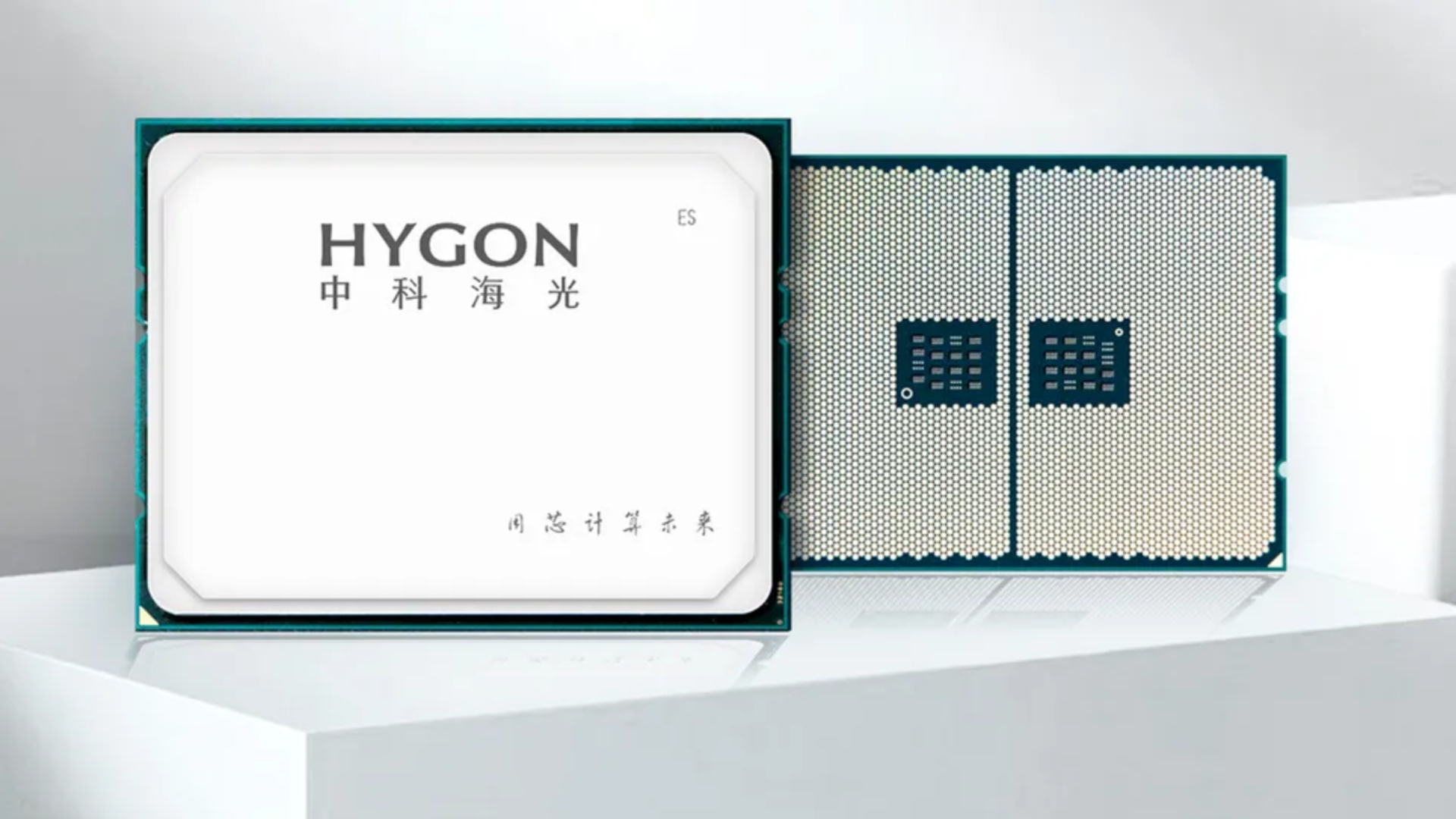Chinese CPU vendor swaps AMD Zen architecture for homegrown one to deliver 128-core monster to give EPYC and Xeon a run for their money
China’s Hygon ditches AMD architecture for a powerful homegrown chip aiming to rival the fastest CPUs in enterprise computing.

- Hygon’s C86-5G breaks free from AMD Zen, unleashing 128 cores of homegrown muscle
- SMT4 powers each core to run four threads, stacking up to 512 threads total
- AVX-512 instructions make it a strong fit for AI, analytics, and scientific computing
Hygon, a key player in China’s semiconductor industry, is advancing its server processor lineup with the upcoming C86-5G, a flagship, high-performance CPU featuring 128 cores and 512 threads, positioning it to compete directly with AMD’s EPYC and Intel’s Xeon platforms.
According to TechPowerUp, this marks Hygon’s complete break from AMD’s Zen architecture and the introduction of its first fully homegrown design, the result of five years of domestic R&D in CPU development.
The new lineup is made possible through four-way simultaneous multithreading (SMT4), allowing each core to handle four threads.
Built for parallel workloads and high throughput
While SMT4 is not a new concept - it has appeared in processors like Intel’s Xeon Phi and IBM’s Power8 - its use in a modern, domestically developed Chinese processor is a notable milestone.
The 128-core configuration in the C86-5G represents a major leap from its predecessor, the C86-4G, which had 64 cores and 128 threads using traditional SMT2.
Designed for enterprise and server workloads, the C86-5G features 16 channels of DDR5-5600 memory, potentially supporting up to 1TB using 64GB DDR5 modules. This is a step up from the previous model’s 12 channels of DDR5-4800.
On the connectivity front, while Hygon has not yet disclosed the exact PCIe 5.0 lane count, it has confirmed support for Compute Express Link 2.0 (CXL 2.0), aligning the chip with industry standards used by AMD’s EPYC 9005 (Turin) and Intel’s 5th Gen Xeon (Emerald Rapids). The earlier C86-4G already offered 128 lanes of PCIe 5.0, so similar or better support is expected.
Although the specific microarchitecture has not been detailed, Hygon states it is based on an "enhanced self-developed microarchitecture" that follows the Zen-based Dhyana design of the first generation.
According to the company, the architecture delivers a 17% improvement in instructions per cycle (IPC), though this remains unverified in the absence of benchmark testing.
The chip also supports AVX-512 instructions for high-performance computing tasks and is built to handle physical stress in demanding environments. It is expected to support standard server memory modules like RDIMMs and is intended for large-scale data center deployments.
While Hygon still trails AMD and Intel in overall performance, the C86-5G's technical specifications, including I/O capabilities, memory bandwidth, threading, and core count, place it in a competitive position.
Although there is no official launch date yet, development is likely well underway, given that the C86-4G has been on the market since 2024.
You might also like
- These are the fastest SSDs you buy right now
- Take a look at some of the best external hard drives
- Popular employee monitoring software hijacked to launch ransomware attacks











![SWOT Analysis: What It Is & How to Do It [Examples + Template]](https://static.semrush.com/blog/uploads/media/86/6a/866a1270ca091a730ed538d5930e78c2/do-swot-analysis-sm.png)










































































































































































